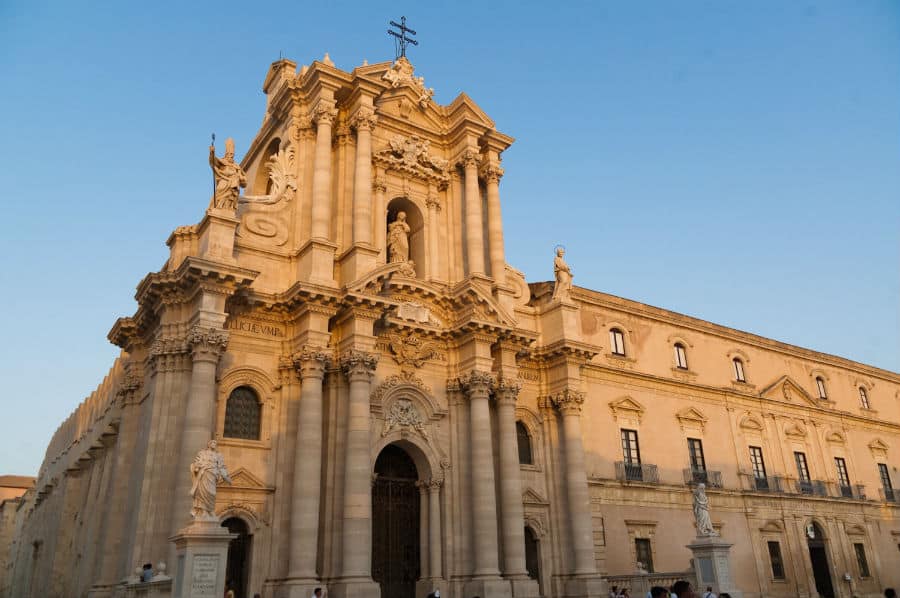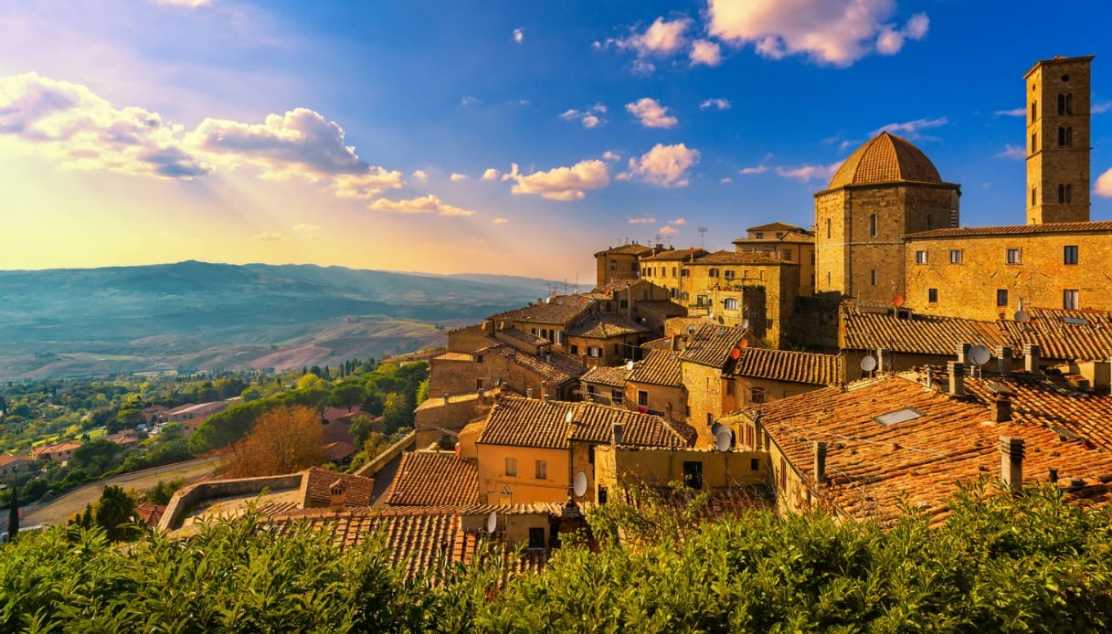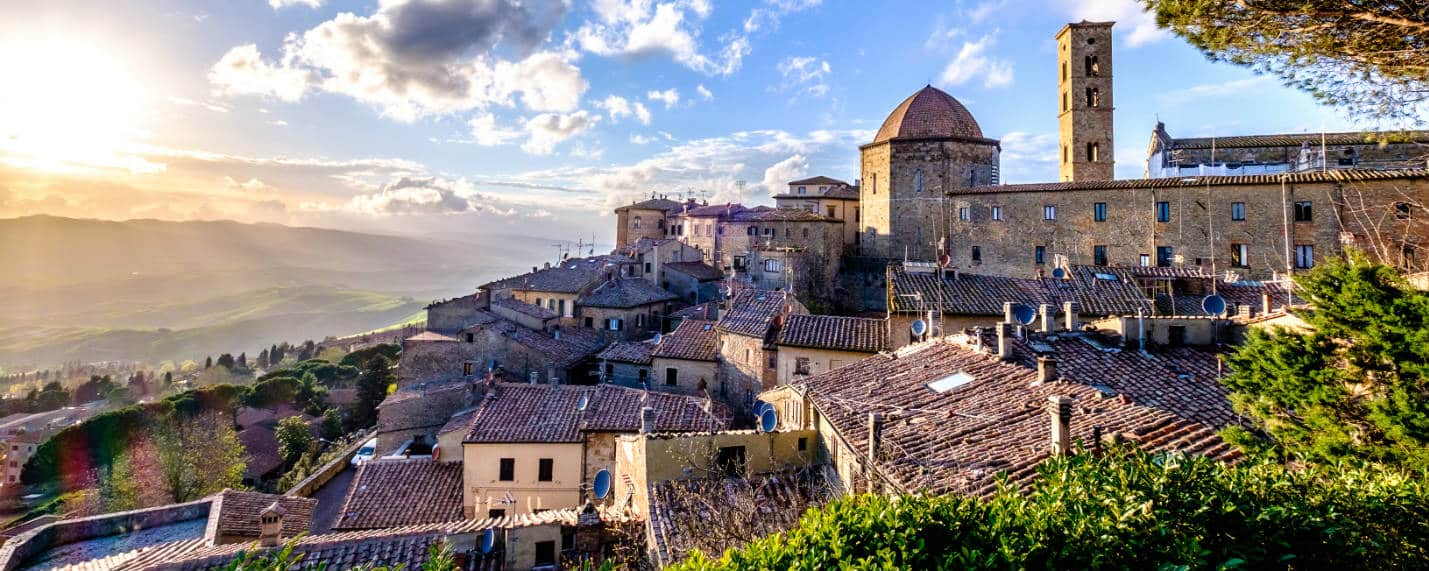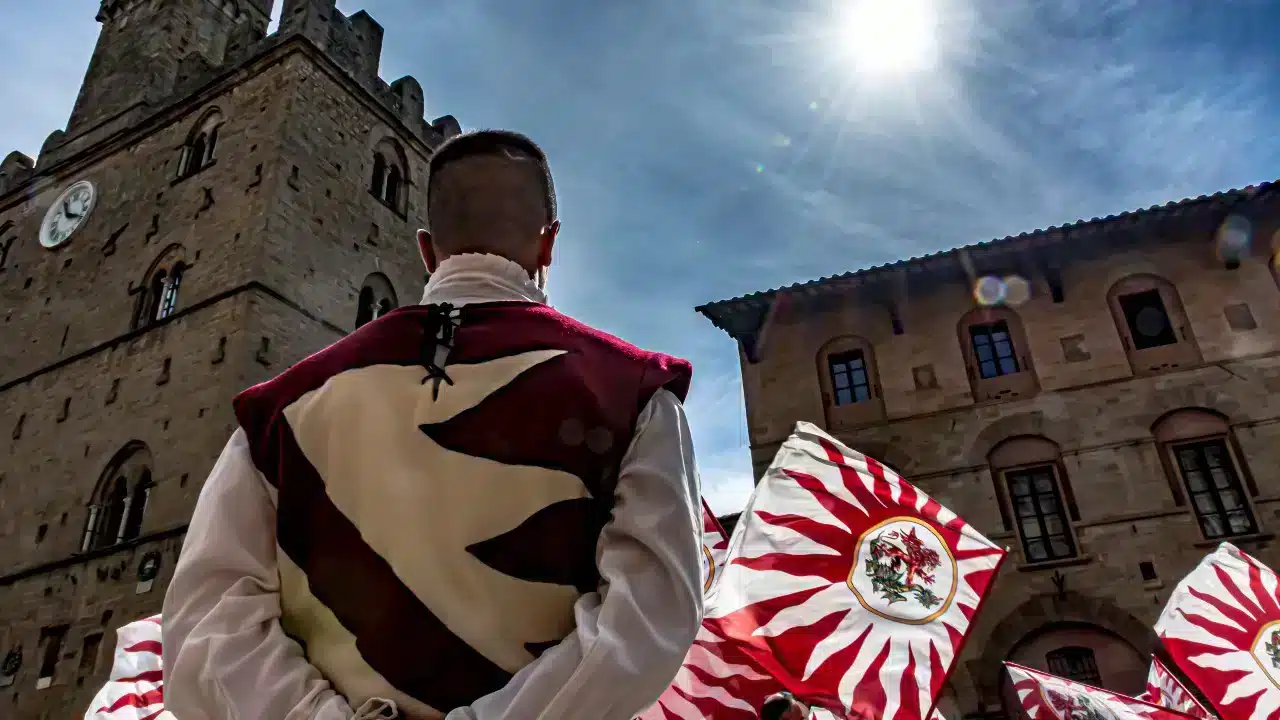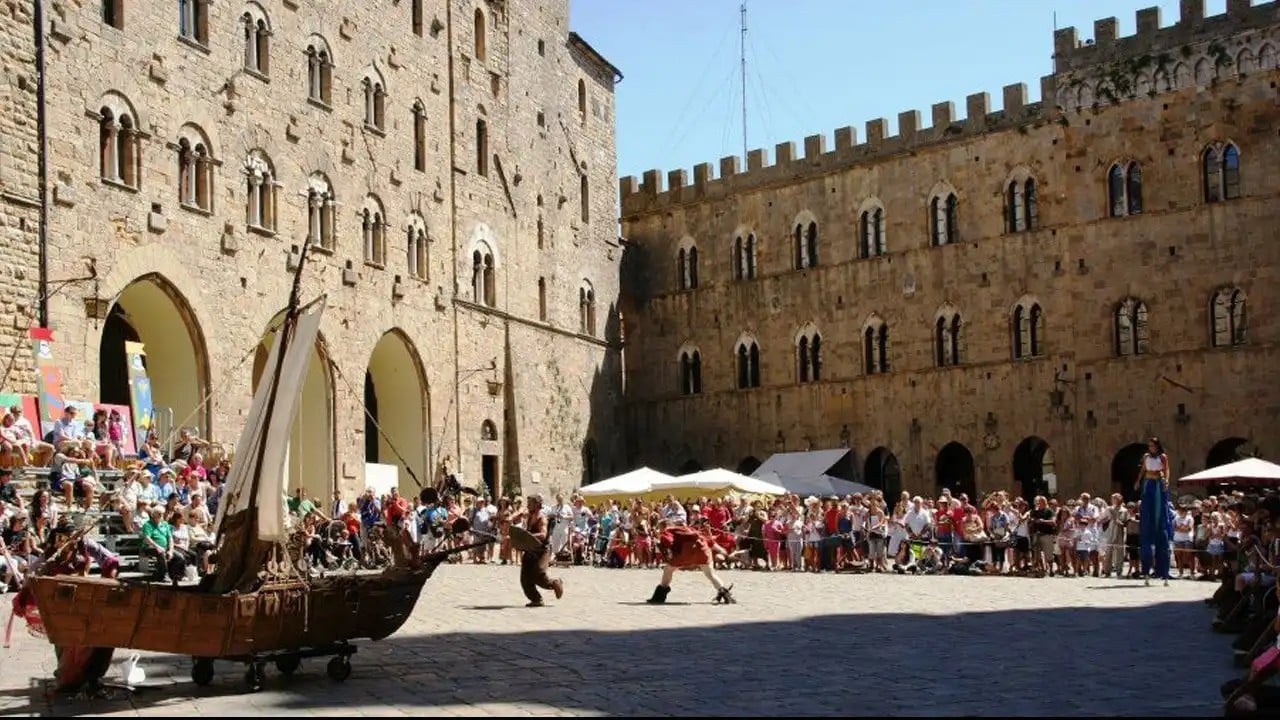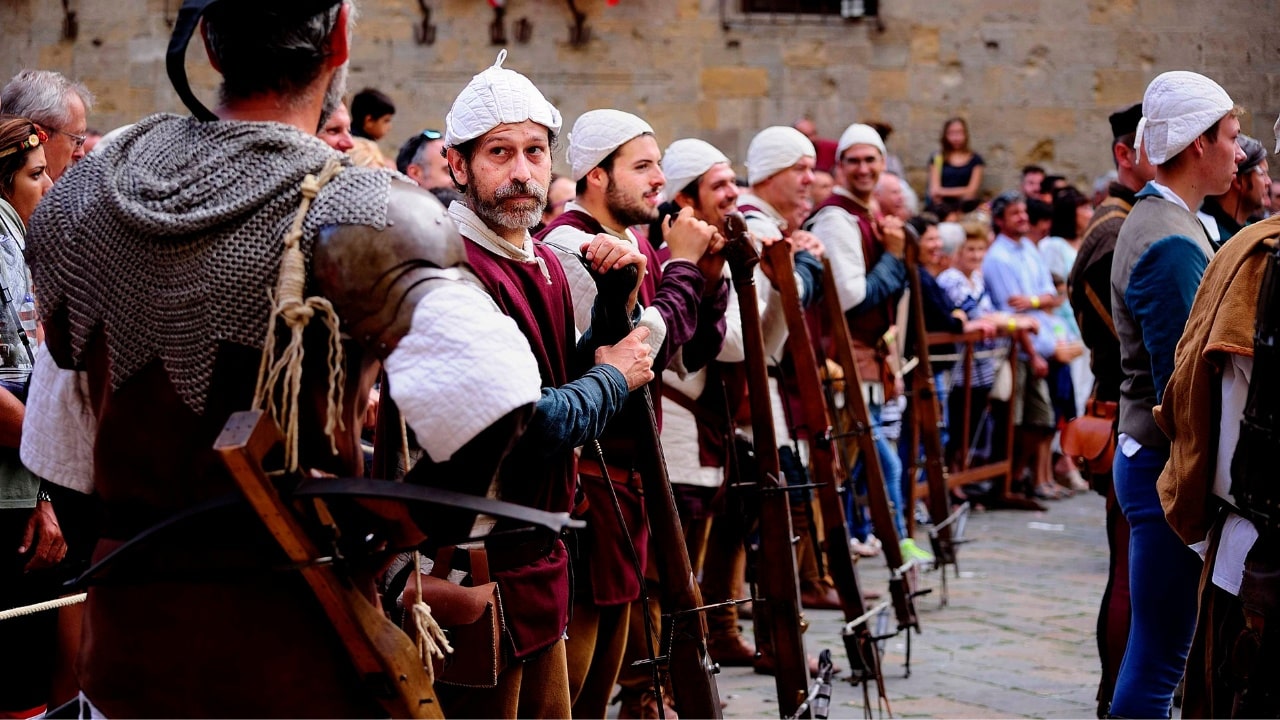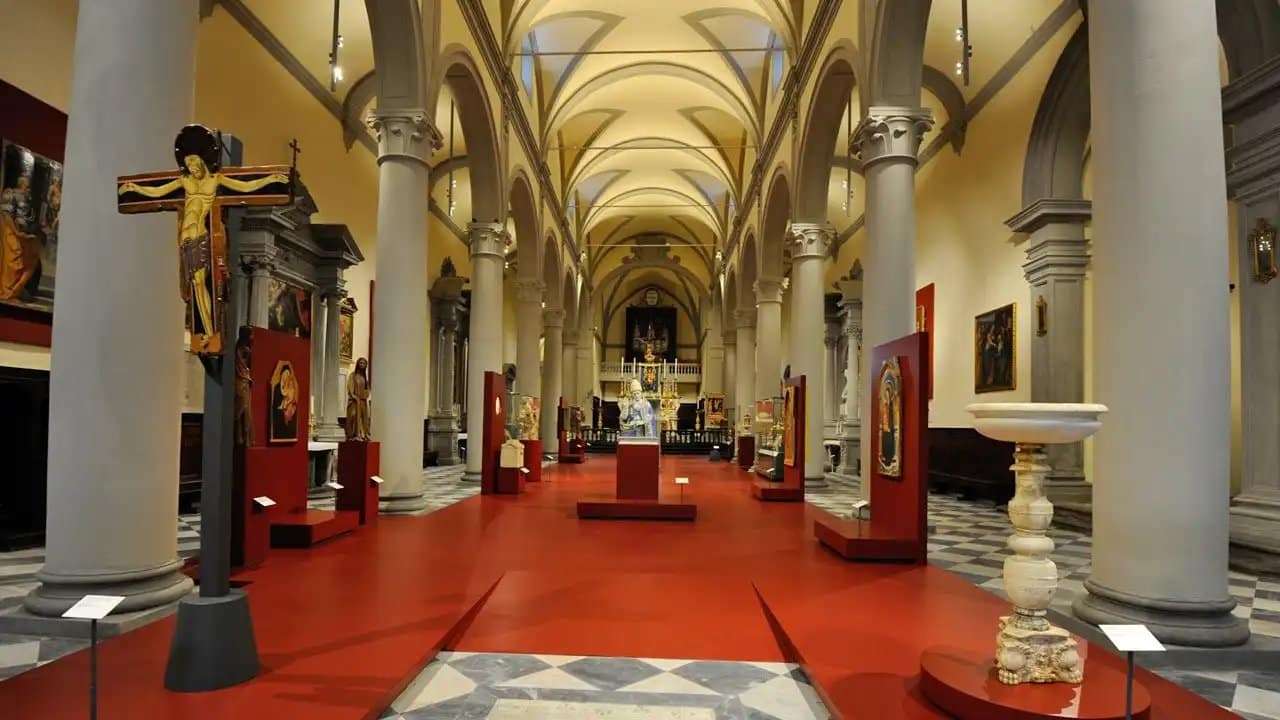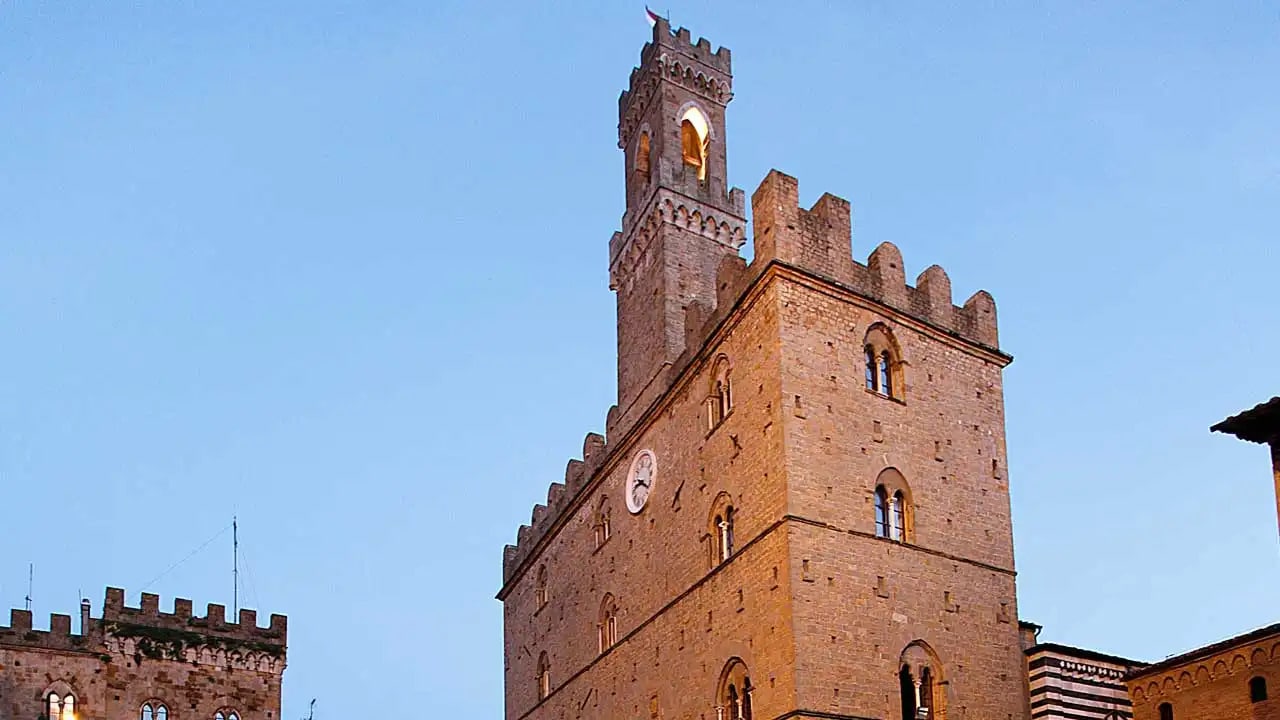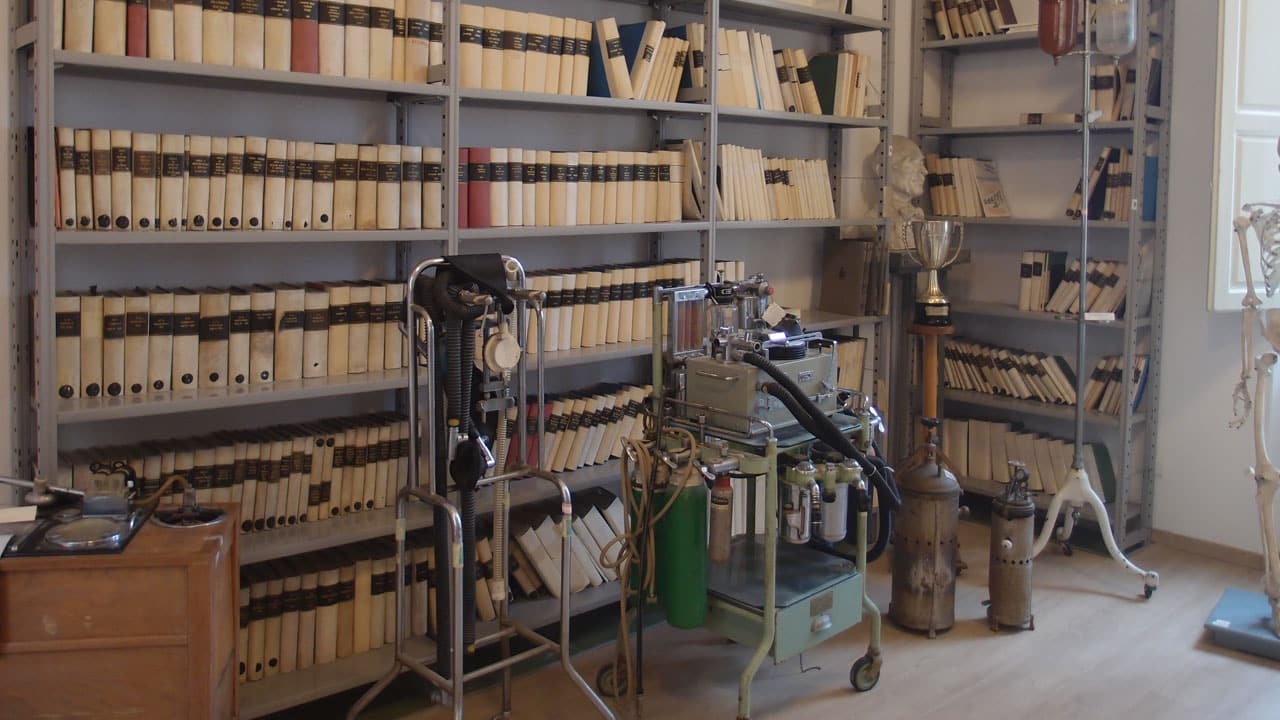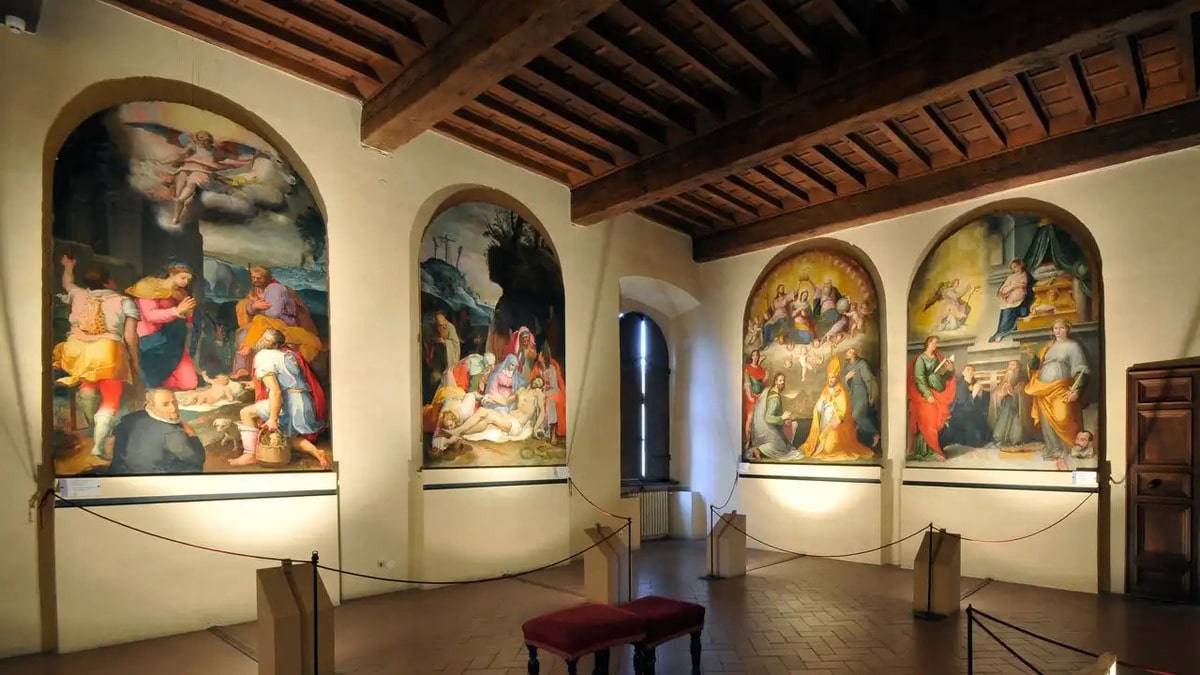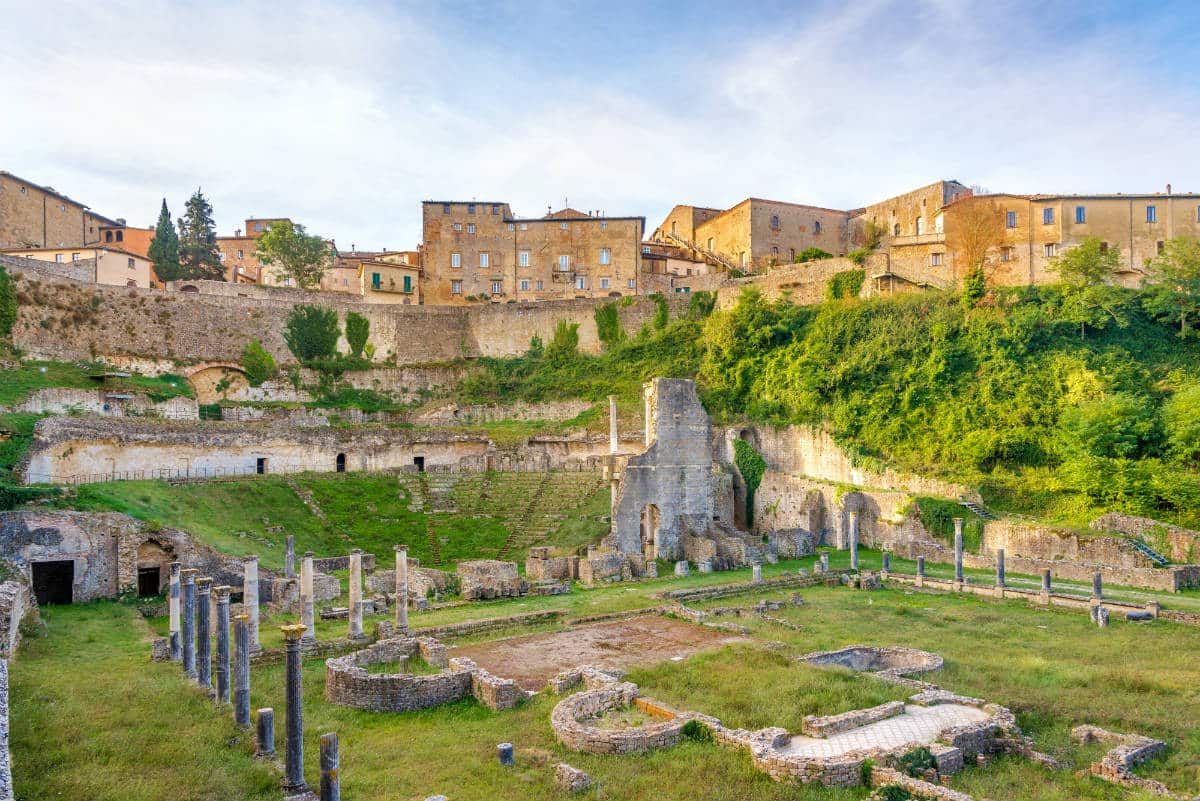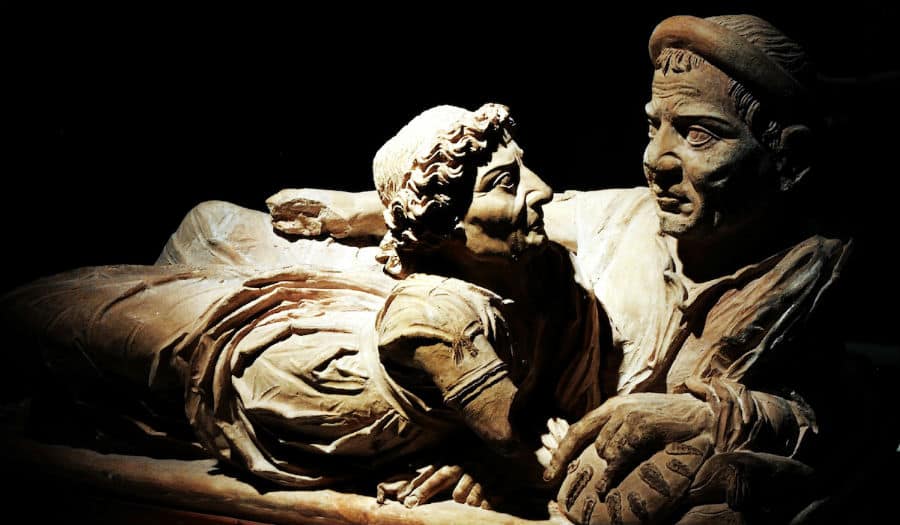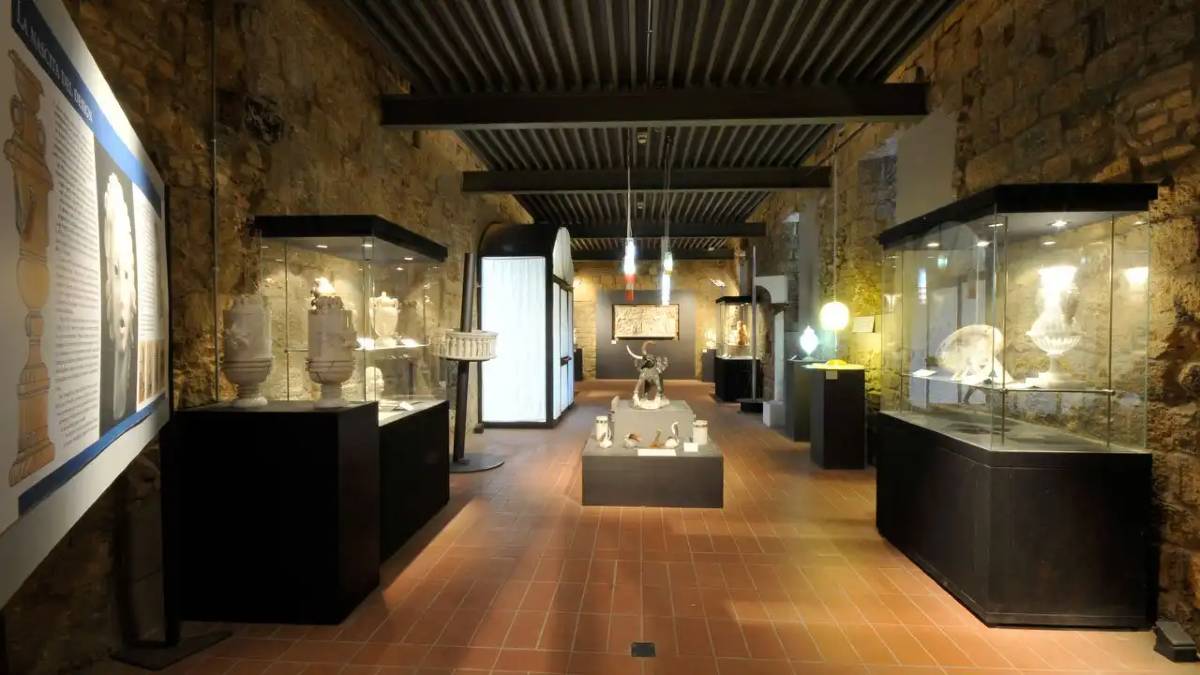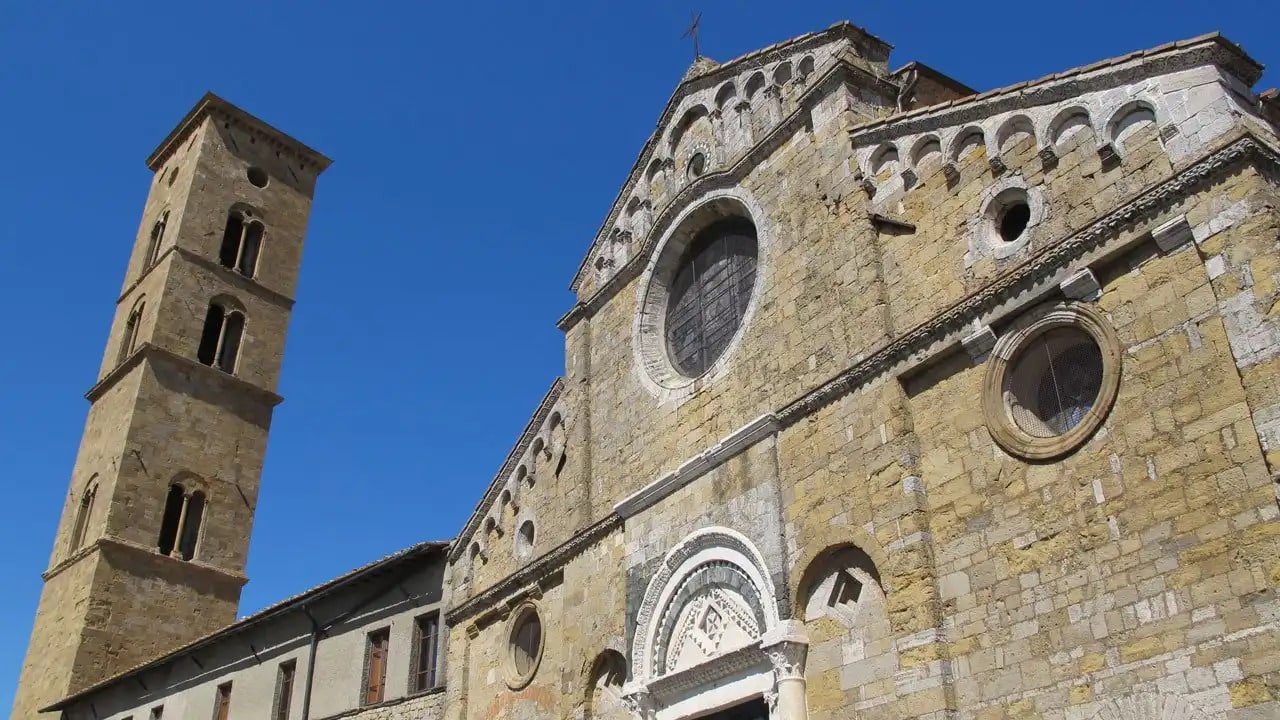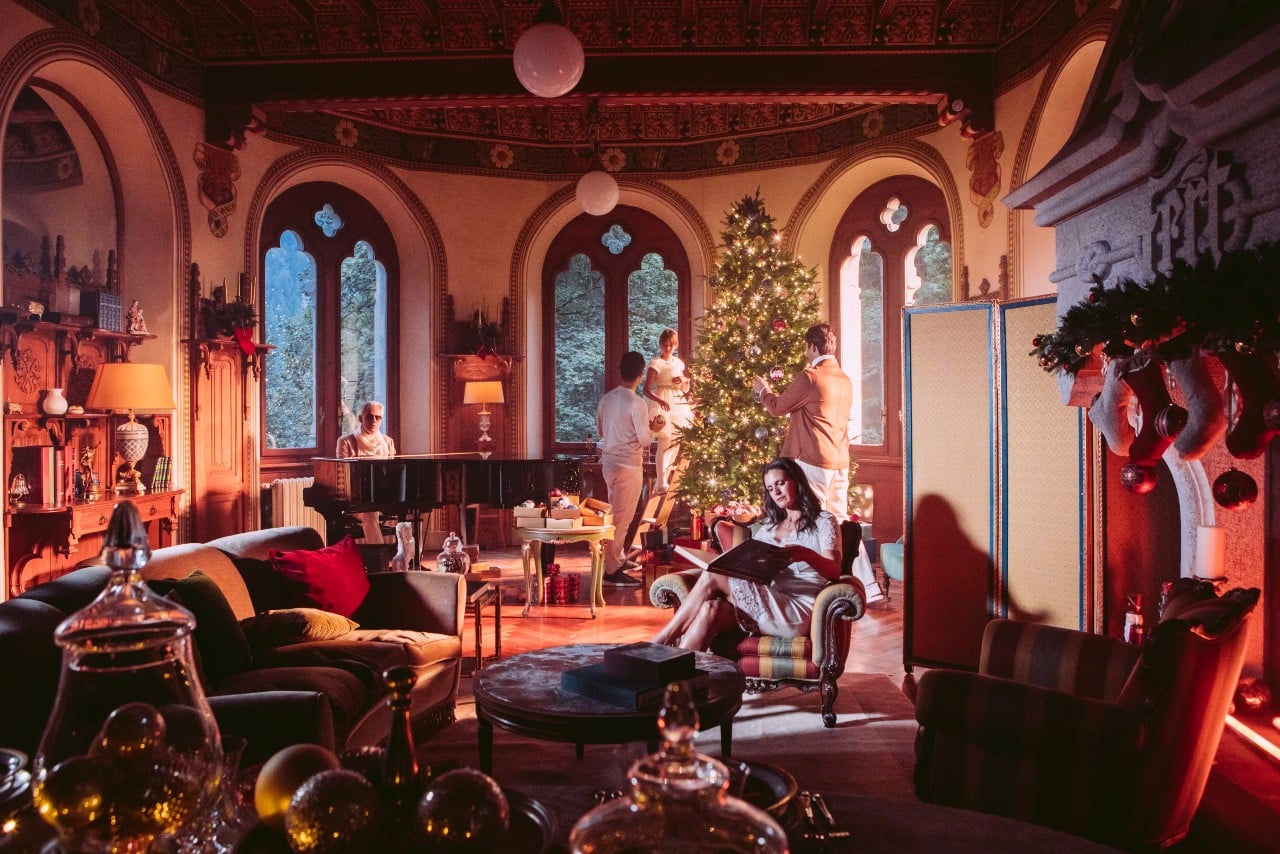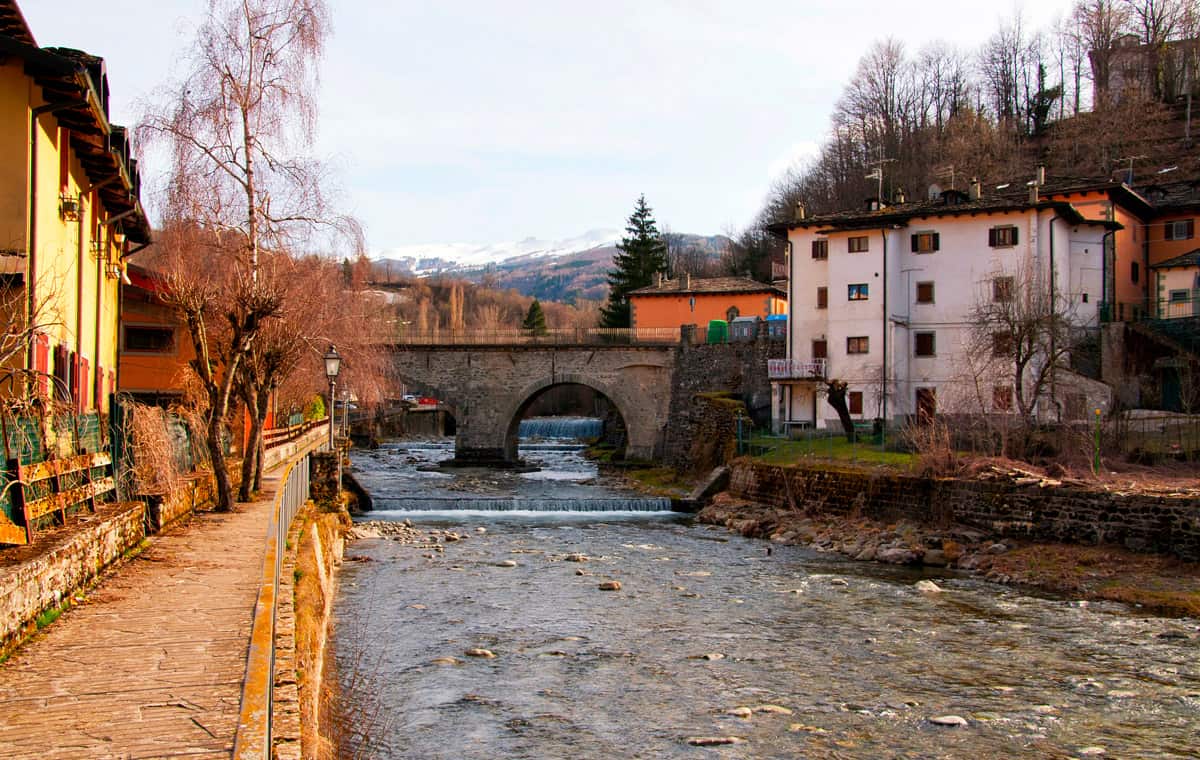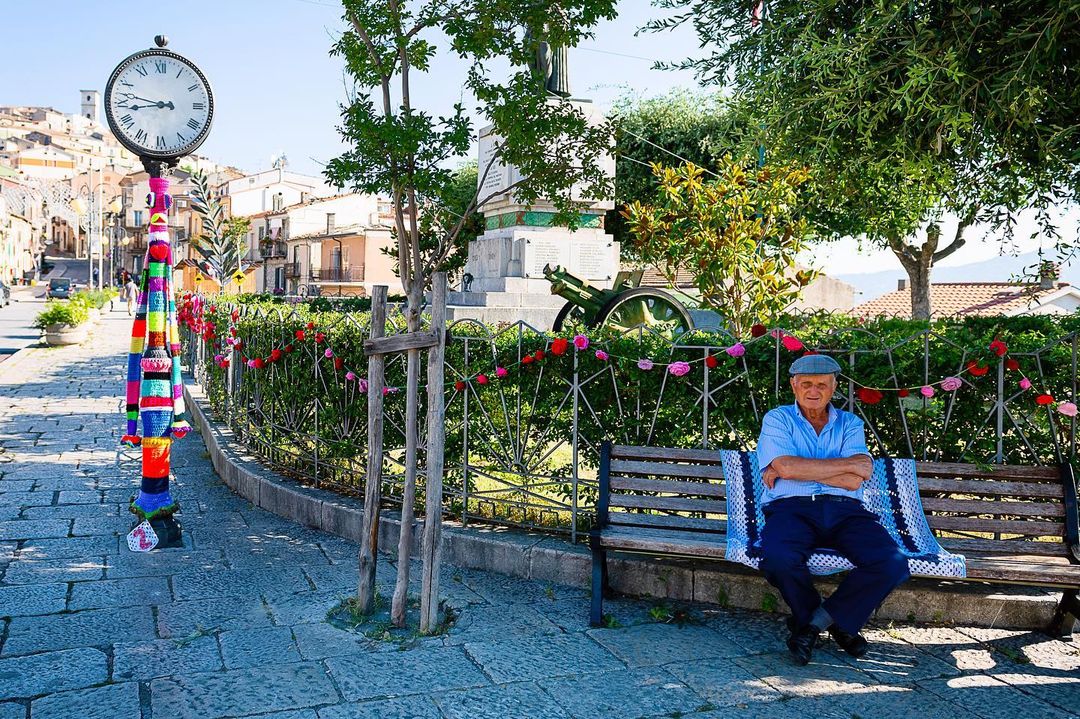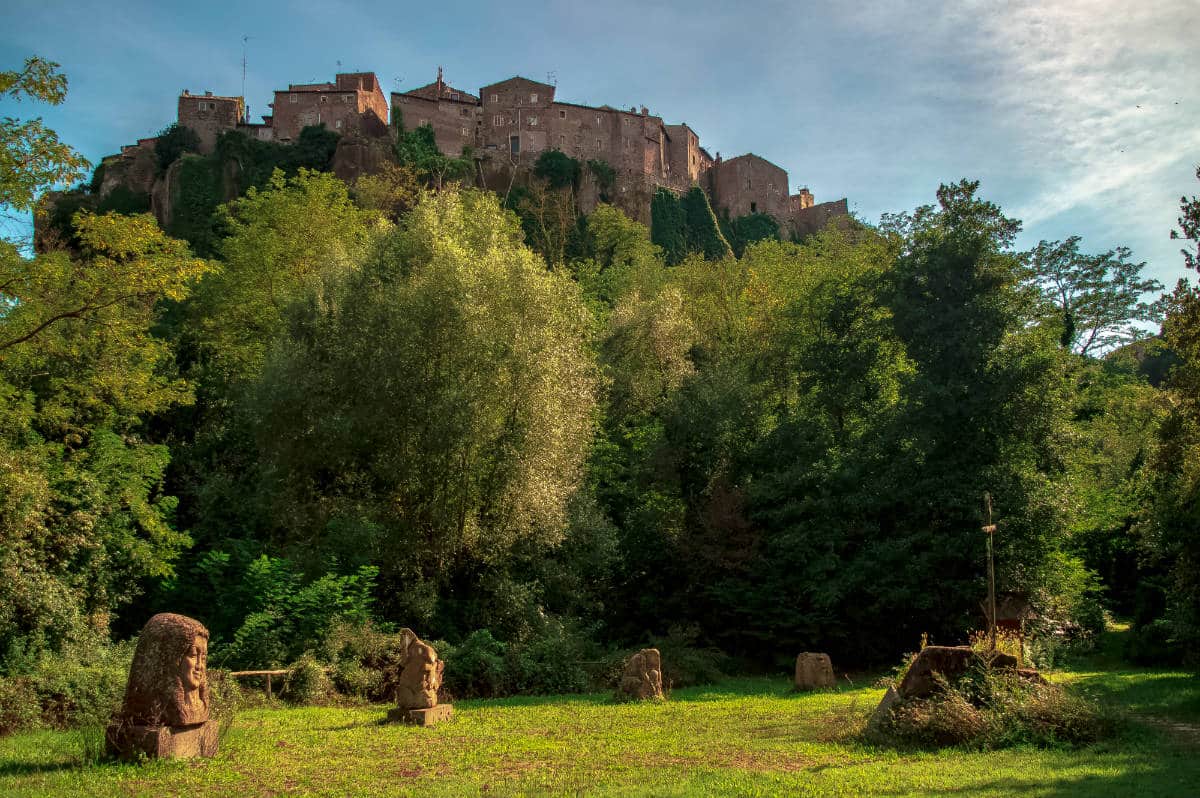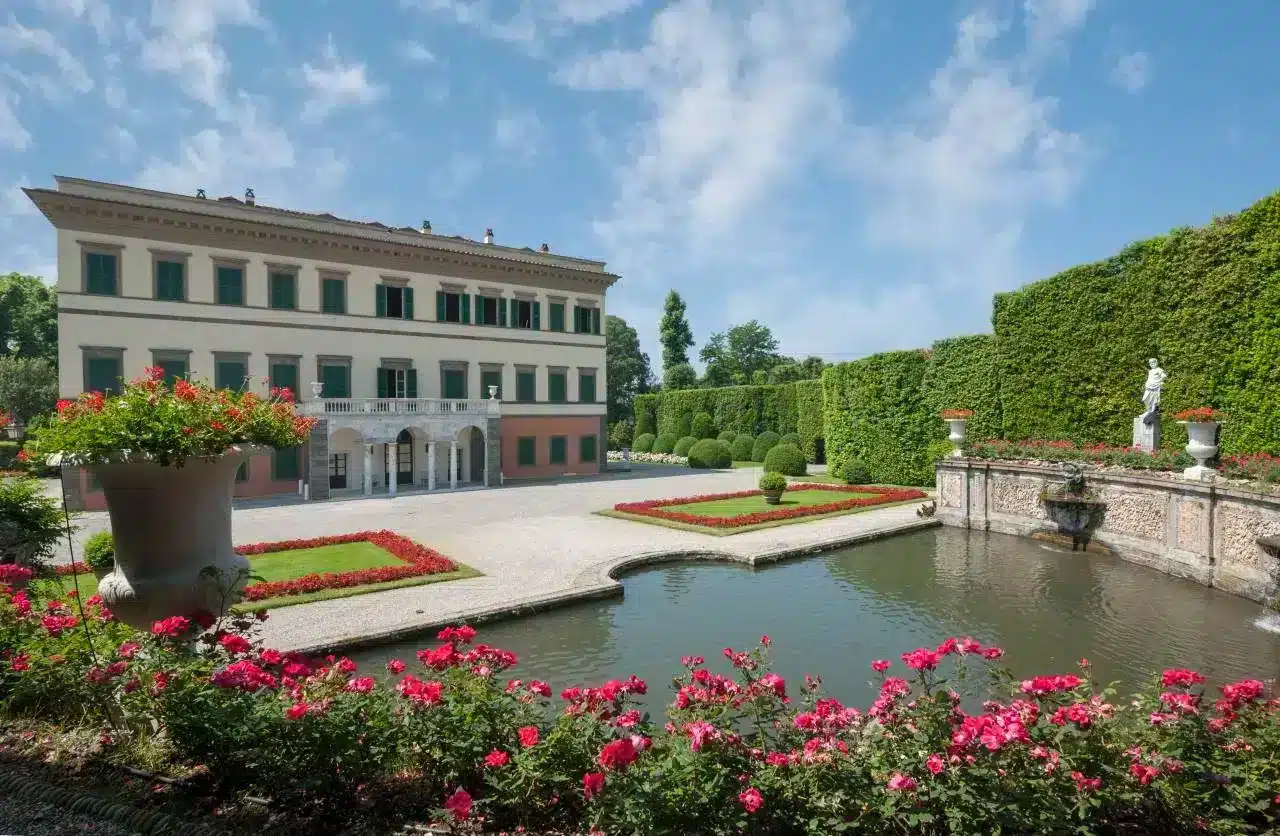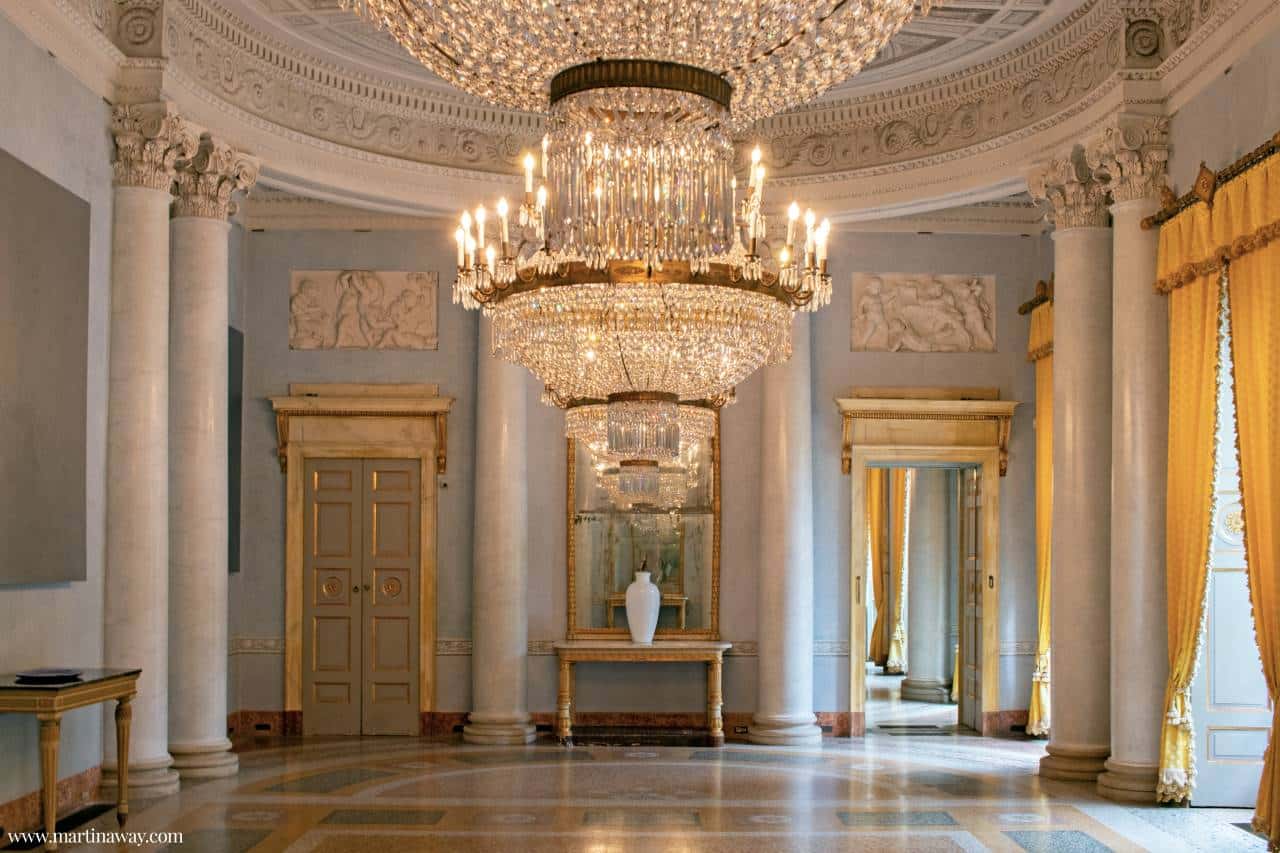An extraordinary range of handicrafts, that of Italian villages, that compendia ancient techniques and manual skills. Handcrafted creations that in their creative declinations give shape to works typical of their territories, becoming protagonists of themed itineraries that go beyond the playful aspect. Here, then, are four villages in which the discovery of local crafts is in itself worth a trip.
Volterra: the home of alabaster
It is perched on the hills that separate the valleys of the Cecina and Era, Volterra. Seen from afar, it emerges from the crags with extraordinary visual impact, and it is a play of light and shadow that characterizes it, as does the setting of the luminous and transparent forms of alabaster. It is the precious local stone, friable and porous, on which Volterra has partly built its fortunes compact and yet translucent, it is lighter than marble and so diaphanous that it lends an aura of mystery to any object.Alabaster working is the hallmark of an art that has been handed down from generation to generation and is crowned by a museum collection that has no equal in Italy, the Alabaster Ecomuseum.

Alghero coral red
Alghero, where the mark of time etches the monuments and history has been working ceaselessly for centuries: the architectural choreography of the palaces, towers and bell towers are clearly Catalan in origin, motionless witnesses to a four-hundred-year Aragonese rule. In Alghero, itineraries wind their way among the workshops of what is known locally as the “red gold of the sea,” or coral. What makes Alghero coral so prized is its intense coloring and compactness. Its beauty and abundance have fostered the birth of a long and valuable goldsmithing tradition that has transformed coral into precious jewelry.
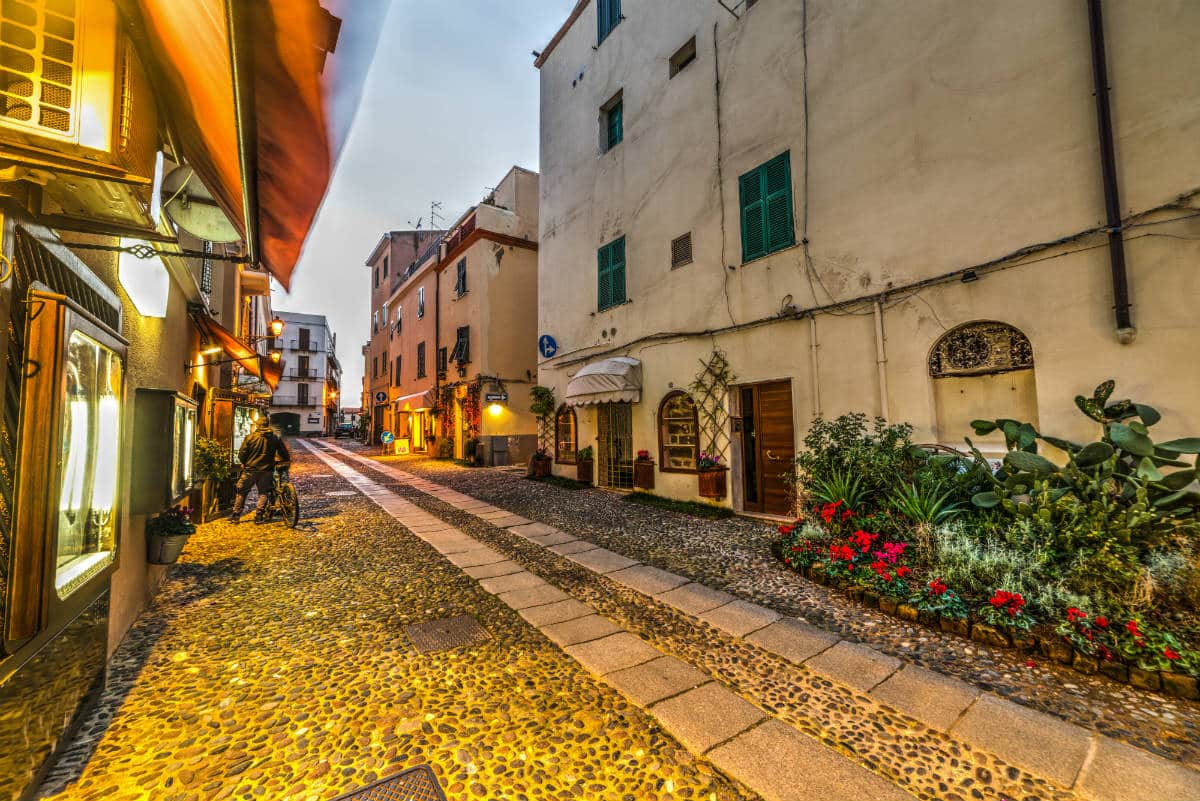
Agnone at the sound of bells
The tolling of bells marks the passage of time. For a long, long time. In Agnone, in fact, bells have been melting since the Middle Ages. It is a tradition that has never been interrupted, today perpetuated solely by the Pontificia Fonderia Marinelli, world-renowned for its masterpieces. Specimens of all types and sizes are produced, and those with celebratory decorations and inscriptions abound. Staying on the subject, in Agnone it is possible to visit the John Paul II Historical Bell Museum, which houses a vast collection of bells from the year 1000 to the present day. The museum also preserves documentation on the ancient art of bronze casting, ancient and recent bells, sketches and reproductions.
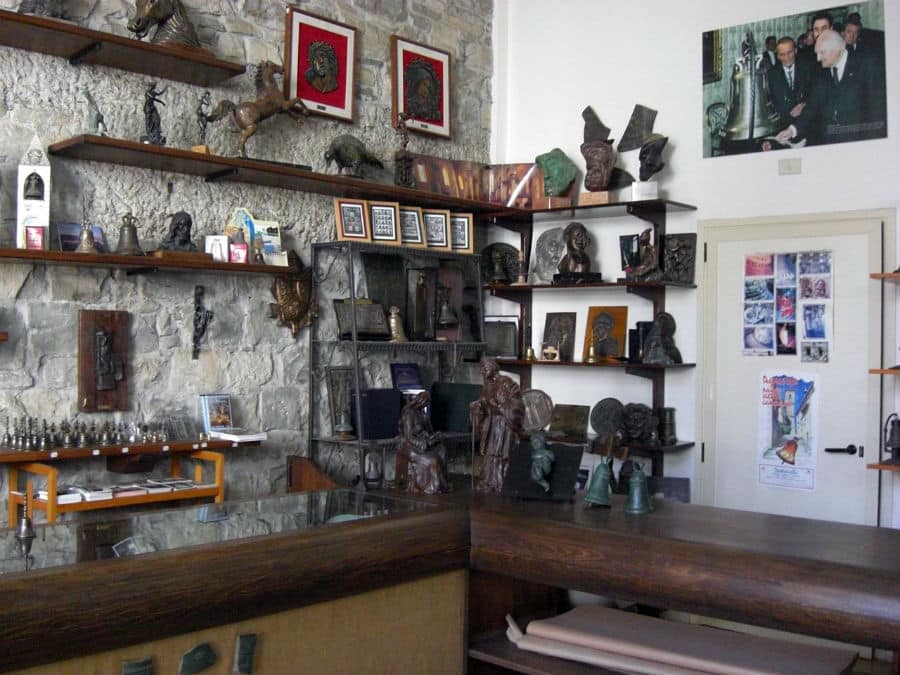
The harmony of Sicilian baroque in Ortigia
Ortigia is an open-air museum with evidence of the Greek era combined in harmonious symmetry with Norman, Aragonese, and Baroque. Despite the predominantly Baroque lines, in fact, Hellenic origins leap to the eye everywhere, and an obvious example is Piazza del Duomo, the ancient necropolis, now surrounded by Baroque palaces. Traditions are on stage in Ortigia, and, as throughout Sicily, Sicilian carts, two-wheeled works of art, the expression of the evolution of an ancient custom dating back to the 19th century, triumph. Colorful, declined in different styles depending on the province they belong to, they are encyclopedias of history and legend, allegory and folklore.
